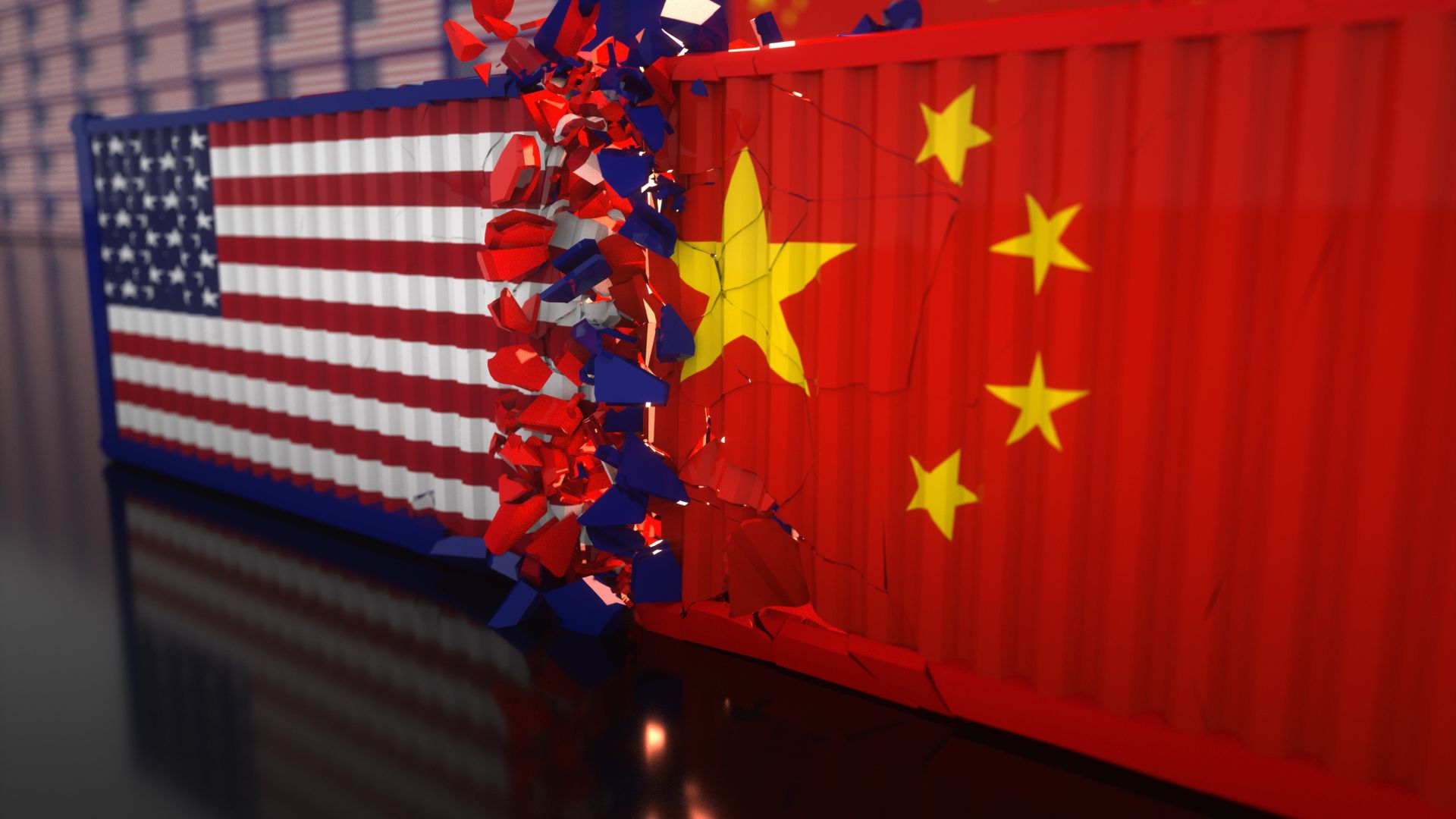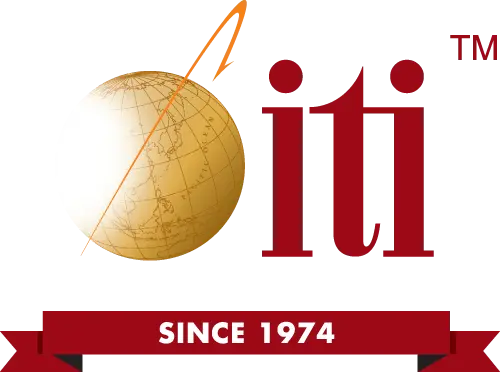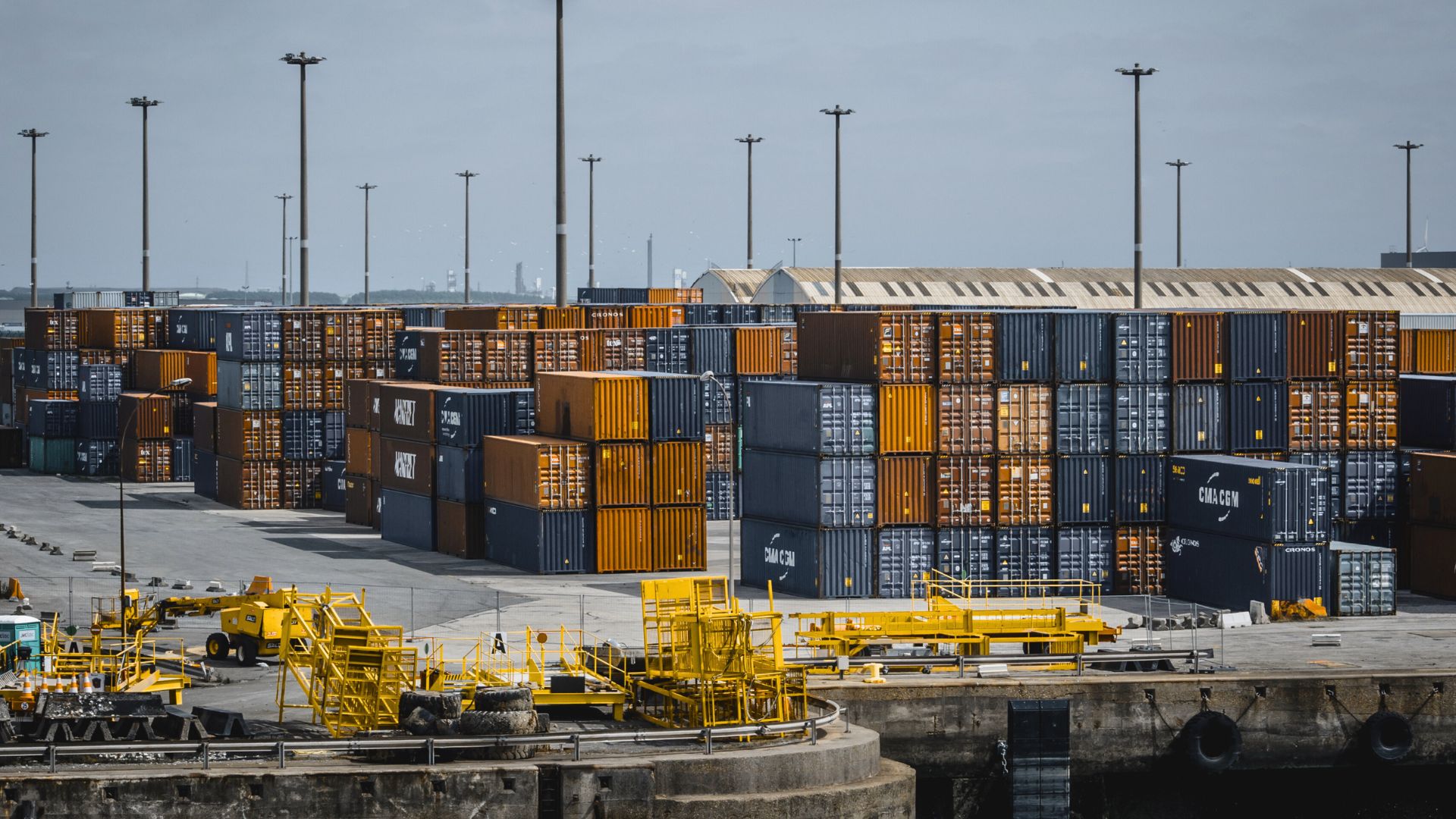
The United States government has long been a proponent of trade liberalization, pushing rampant globalization initiatives and, in return, receiving mixed results. Trade expansion has certainly bolstered the U.S. economy, but not without exposure to unfair foreign trade practices, significant declines in domestic manufacturing capacity and growing threats to national security.
At the center of this tug-of-war sits America’s single largest trade partner – China – a country whose recent actions are seen by many to sow uncertainty and even instigate turmoil. In response, the Office of the United States Trade Representative recently issued a notice of proposed tariff changes impacting Chinese imports, one of an ongoing series of trade restrictions imposed on China going back to 2018.
In this time of tariff uncertainty, regardless of whether these proposed changes are adopted or not, the near future is clear: Trade tensions are an increasing reality with China, and domestic manufacturers have ever-growing reasons to seek out alternative export countries to mitigate their risk.
Concerns with China extend beyond just trade. They include:
- Unfair trade practices: In China, political and commercial interests are joined at the hip, with government bodies actively influencing corporate transactions to benefit Chinese political parties often at the expense of external partners. This coordinated influence results in outright price fixing and manipulation, foreign currency deflation and tactical resource restriction.
- Economic coercion: Chinese goods have become completely ingrained into the bedrock of American supply chains, granting Chinese entities significant influence on our economy through their ability to manipulate pricing and supply.
- National security risks: As Chinese goods and technologies make their way into every aspect of our lives, there is increasing concern that these products may be used to gather sensitive data on Americans that can be used for ulterior motives. Social media manipulation, corporate espionage and political influence currently top the list of such national security concerns.
- Global supply chain risks: In an effort to maintain its position as the world’s primary export manufacturing center, China routinely takes actions that further its own interests at the expense of overall supply chain stability. For example, China has been accused of buying up surplus shipping container volumes, starving out shipping capacity for other regions and forcing competing markets to capitulate.
- Humanitarian concerns: Worker rights in China have improved substantially in recent years, mainly due to international social and political pressure. Still, there are pockets of allegations of forced labor, dismal working conditions and government encroachment into individual freedoms.
Proposed Section 301 Tariff Changes
As we consider tariff uncertainty, it’s smart to ask how supply chain segments will be impacted by the newly proposed tariff changes, by how much, and when. Here is the complete list published in May 2024:
- Steel and aluminum products: increase from 0–7.5 percent to 25 percent in 2024.
- Semiconductors: Increase from 25 percent to 50 percent by 2025.
- Electric vehicles: Increase from 25 percent to 100 percent in 2024.
- Lithium-ion EV batteries: Increase from 7.5 percent to 25 percent in 2024.
- Non-vehicle lithium-ion batteries: Increase from 7.5 percent to 25 percent in 2026.
- Battery parts: Increase from 7.5 percent to 25 percent in 2024.
- Natural graphite and permanent magnets: Increase from 0 percent to 25 percent in 2026.
- Other critical minerals: Increase from 0 percent to 25 percent in 2024.
- Solar cells: Increase from 25 percent to 50 percent in 2024.
- Ship-to-shore cranes: Increase from 0 percent to 25 percent in 2024.
- Medical syringes and needles: Increase from 0 percent to 50 percent in 2024.
- Medical and related personal protective equipment (PPE): Increase from 0 to 7.5 percent to 25 percent in 2024.
- Medical rubber and surgical gloves: Increase from 7.5 percent to 25 percent in 2026.
Tariff Uncertainty: Searching for Calmer Waters
Reading the above list of looming tariff changes, the writing on the wall is clear: In the long term, relying so heavily on Chinese exports can be risky for some.
While the outlook for Chinese exports is turbulent, there are calmer waters available to manufacturers willing to navigate away from China. Surging economies such as Vietnam, Mexico, Singapore, Thailand, India, Argentina and Chile are gaining significant attention from American manufacturers seeking alternatives to Chinese manufacturing. .
What do these countries have to offer?
- Growing manufacturing sectors: Over the last few decades, Western countries have been quietly investing in Southeast Asian, Indian and South American markets, stimulating manufacturing developments that can now compete on a global front. For example, large international players such as Nokia, LG Electronics and Samsung have already reshored major manufacturing streams out of China to these nations.
- Motivated political environments: Along with corporate investments, Western governments have also expanded trade agreements and legal alignment into these countries, setting the stage for heightened commercial investment and energetic cooperation. Many local governments have launched official stimulus initiatives, cutting down regulatory roadblocks and constructing infrastructure that directly supports incoming foreign manufacturing investment.
- Teeming talent pools: Beyond regulatory investment, many of these foreign governments have also invested heavily in technical training and job readiness programs for their workforce, fueling an ever-growing talent pool to serve new manufacturing opportunities (including those requiring advanced, high-tech education).
What factors should U.S. manufacturers and buyers consider in making a transition?
- Supply chain diversification: There are few times when putting all eggs in one basket is advantageous, and with regards to international supply chains, sourcing export products solely from China in today’s economic environment may not be one of them. Diversifying suppliers and supply chain channels is a virtual necessity nowadays, one that American manufacturers should strongly consider while evaluating how the above tariffs will impact their business.
- Guided procurement support: Outsourcing away from China can be a monumental undertaking, as even with increased tariffs, China can still be the better financial option. Manufacturers in this camp may need extra support identifying, evaluating and implementing new offshoring or reshoring opportunities. The same is true for new manufacturers diving into their first overseas outsourcing venture. In both cases, working with a full-cycle outsourced manufacturing partner can streamline the entire process, helping clients work around tariff restrictions and engage trusted export manufacturing options in multiple alternative countries.
- Long-term security: American manufacturers are keenly aware of how fast our national economy has shifted in recent years, whether from inflation, polarizing politics or other factors. As we all strive for stability anywhere that we can secure it, one emerging realization is that aligning sourcing activities with like-minded, compatible countries directly translates into more cooperation and less exploitation. A “China-plus-1” strategy, or nearshoring to more compatible countries can be key strategies that deliver longer-term security for both buyers and sellers on the economic front.
Success Despite Tariff Uncertainty
With all this said, China does still offer viable export options, albeit in a shrinking number of product channels that have so far steered clear of tariffs and unsavory trade practices. In these channels, China can still be competitive and resourceful. Sorting out where China fits into a business’s long-term supply chain strategy may be the toughest question of all. We recommend buyers engage knowledgeable U.S.-based outsourced manufacturing partners to discuss that question in detail. Contact us today for more information.




